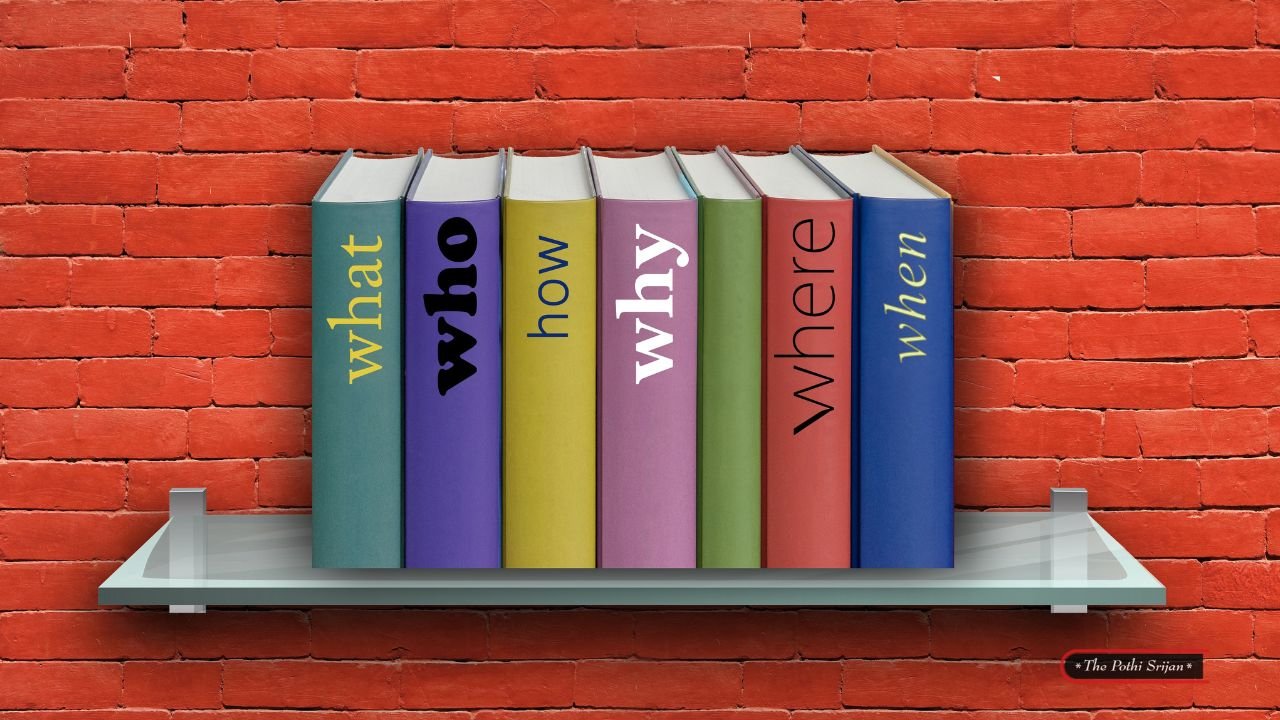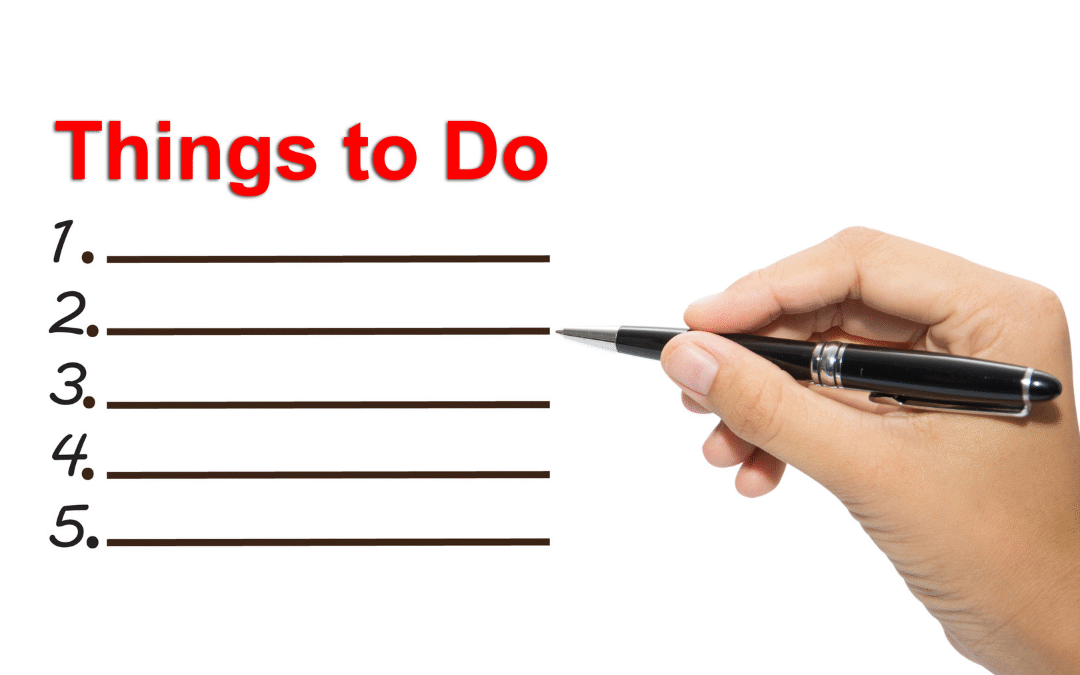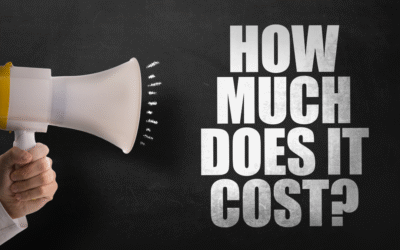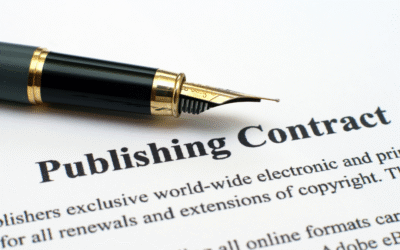Most readers judge a book by its opening lines, often deciding whether to continue within just a few sentences. Understanding what makes the best start of a book can help you craft an engaging entry that captures your audience’s attention. In this post, you’ll discover the key elements that create a strong beginning, including storytelling techniques, character introductions, and thematic hooks, ensuring your narrative captivates readers from the very first page.
Importance of a Strong Opening
Before you investigate writing your book, consider how vital a strong opening is for engaging your audience. A compelling beginning captivates readers, setting the stage for your narrative and encouraging them to continue reading. It serves as your first impression, influencing whether your potential audience will invest their time in your work. A strong opening not only grabs attention but also provides direction for the reader, giving them insights into what they’ll experience throughout the story.
Capturing Reader Attention
By crafting an unforgettable opening, you pique the reader’s interest and maintain their engagement right from the start. Whether through an intriguing question, a startling fact, or vivid imagery, the method you choose should resonate with your target audience. This initial hook is your opportunity to invite them into your world and establish a connection that keeps them invested in your narrative.
Establishing Tone and Style
About your writing’s tone and style, the opening sets the emotional and stylistic framework for your entire book. It influences how readers perceive your characters, settings, and ultimately, the story itself. Your choice of words, sentence structure, and overarching mood should align with what you aim to convey. Establishing this foundation helps you create a consistent voice that appeals to your audience, allowing them to immerse themselves in your narrative.
This opening paragraph is where you clarify your intentions and convey the essence of your story. If you aim for a playful tone, let your humor shine through; if your book is a somber tale, ensure that reflects in your word choice and the atmosphere you create. Ultimately, this consistent tone will help solidify readers’ expectations and draw them deeper into your narrative’s world.
Different Types of Book Openings
Any writer knows that the first few lines of your book can set the tone for the entire reading experience. Here are some effective types of openings to consider:
| Type of Opening | Description |
|---|---|
| Engaging Anecdotes | Share a personal story or experience that relates to your theme. |
| Provocative Questions | Pose questions that challenge the reader’s thinking. |
| Vivid Imagery | Create a striking image that pulls the reader in. |
| Startling Statistics | Present surprising data to grab attention. |
| Quotations | Use a quote that encapsulates your main message. |
This list gives you a variety of successful strategies to consider for your book’s opening.
Engaging Anecdotes
Along your writing journey, incorporating engaging anecdotes can create a connection with your readers. These personal stories can evoke emotions, making your content relatable and memorable right from the start.
Provocative Questions
At the outset of your book, consider opening with provocative questions that prompt your reader to reflect. These questions can provoke thought and stimulate curiosity about the themes you will explore.
A well-crafted provocative question can serve as a powerful catalyst for engaging your readers. It encourages them to think critically and invites them to launch on a journey of exploration and discovery. By captivating their attention with thought-provoking inquiries, you set the stage for an impactful reading experience that challenges their perspectives and piques their interest.
Common Mistakes in Beginnings
It’s vital to recognize common pitfalls when crafting the opening of your book. Strong beginnings are vital to capturing your reader’s attention, but many writers falter in various ways. By understanding these mistakes, you can avoid them and create a compelling start that hooks your audience from the very first sentence.
Overloading with Information
Mistakes often occur when you try to pack too much information into the beginning of your book. Readers can feel overwhelmed by excessive details, backstory, or explanations that hinder their engagement. You want to set the stage while still leaving some mystery and allowing room for discovery as the story unfolds.
Weak Character Introductions
Beside the risk of overloading your readers with information, weak character introductions can also undermine your opening. If your characters lack depth or relatability from the start, it diminishes the reader’s emotional investment in their journey. You need to ensure that your characters have a captivating presence that entices readers to learn more about them.
And to create strong character introductions, focus on revealing their unique traits or motivations early on. Provide glimpses of their personalities through action, dialogue, or intriguing thoughts. By giving readers a compelling reason to connect with your characters, you can foster a stronger relationship between them and the story, ultimately encouraging them to keep reading.
Examples of Effective Openings
Once again, powerful openings serve as a gateway into the narrative, engaging you from the very first line. These examples illustrate how the right opening can set the tone, introduce key themes, or create intrigue that compels you to read on. By analyzing these effective beginnings, you will gain a clearer understanding of what makes an opening line unforgettable and how you can craft your own.
Classic Literature
The impact of classic literature often lies in its ability to capture your attention with striking language and unforgettable imagery. Works like “Moby Dick” by Herman Melville and “Pride and Prejudice” by Jane Austen start with lines that immediately immerse you in their unique worlds, prompting you to ponder the larger themes at play as you continue reading.
Contemporary Bestsellers
Examples of contemporary bestsellers often highlight the importance of relatability and immediacy in their openings. Authors like Celeste Ng and John Green have mastered the art of poignant beginnings that resonate with modern readers, drawing you into their characters’ lives and emotional struggles right away.
In addition, many contemporary bestsellers employ a hook that reflects current societal issues or universal emotions, allowing you to see your own experiences mirrored in the text. These openings often contain vivid dialogue or gripping scenarios that captivate your attention, ensuring you feel a connection to the narrative from the start, motivating you to dive deeper into the story unfolding on the pages ahead.
Techniques for Crafting Your Opening
For writers, crafting a compelling opening is an art that relies on several techniques to draw readers in. Consider experimenting with different approaches, such as establishing a strong voice, creating vivid imagery, or introducing intriguing characters right from the start. These elements not only set the tone for your narrative but also begin to build a connection that keeps readers engaged. With a thoughtful and strategic opening, you can arouse curiosity and establish your story’s unique atmosphere.
Show, Don’t Tell
Crafting your tale involves engaging the reader’s senses through descriptive and evocative language. Instead of merely stating facts, immerse your audience in the scene by showing emotions, actions, and settings. Allow them to experience the moment alongside your characters. This technique fosters a deeper emotional connection and invites readers to infer meaning, making your opening feel more dynamic and compelling.
Creating Tension
Your opening should spark curiosity and create anticipation for what comes next. This can be achieved by introducing conflict or uncertainty that compels the reader to keep turning the pages. Whether it’s a character grappling with a dilemma or a mysterious event looming on the horizon, ensuring that tension permeates your first few sentences can effectively grab attention and establish a gripping narrative.
For instance, a character caught in a storm outside their home, unsure of what awaits them once they enter, can create an palpable tension that hooks the reader instantly. By highlighting moments of uncertainty, danger, or emotional conflict, you translate abstract concepts into immediate stakes that resonate with your audience’s own experiences. Thus, the opening serves not just as an introduction but as an invitation to probe deeper into your story’s world.
Testing Your Opening
After crafting the initial draft of your opening, it’s important to put it to the test. This involves evaluating how well your beginning intrigues readers and establishes the tone of your story. Focus on aspects such as clarity, emotional resonance, and the effectiveness of your hook. By objectively assessing these elements, you can determine if your start truly captivates and engages your audience, setting a solid foundation for the rest of your narrative.
Feedback from Peers
On your journey to refine your opening, soliciting feedback from peers can be incredibly valuable. Share your work with fellow writers or readers who can provide constructive criticism. Their fresh perspectives can highlight strengths and weaknesses you may not have noticed, ensuring your opening resonates effectively. Embrace their insights, and use this feedback to polish your introduction and create a more compelling experience for your readers.
Reader Engagement Strategies
Beside feedback from peers, implementing strong reader engagement strategies can elevate your opening. You want to create an immediate connection with your audience, employing techniques such as relatable characters, intriguing questions, or vivid imagery. Starting with an unexpected situation or an enticing conflict can also hook readers from the outset, encouraging them to continue exploring your narrative. Knowing your audience and aligning your style with their expectations can significantly enhance their engagement from the very first page.
Consequently, utilizing these strategies not only enhances the appeal of your opening but also lays the groundwork for a rich reading experience. By integrating elements that resonate with your target audience, you can effectively draw them into your story. Explore varying techniques such as foreshadowing, unique narrative voices, or even starting in the middle of action, empowering you to craft an engaging and memorable beginning that invites readers to discover more.
Final Words
To wrap up, the best start of a book captivates you by setting the tone, introducing compelling characters, and presenting an intriguing situation that sparks your curiosity. Whether through a gripping opening line, a vivid scene, or a provocative question, the beginning should invite you into the story and make you eager to turn the page. Focus on creating a strong emotional connection and providing a glimpse of the journey ahead, ensuring that your readers are instantly hooked and invested in what comes next.








